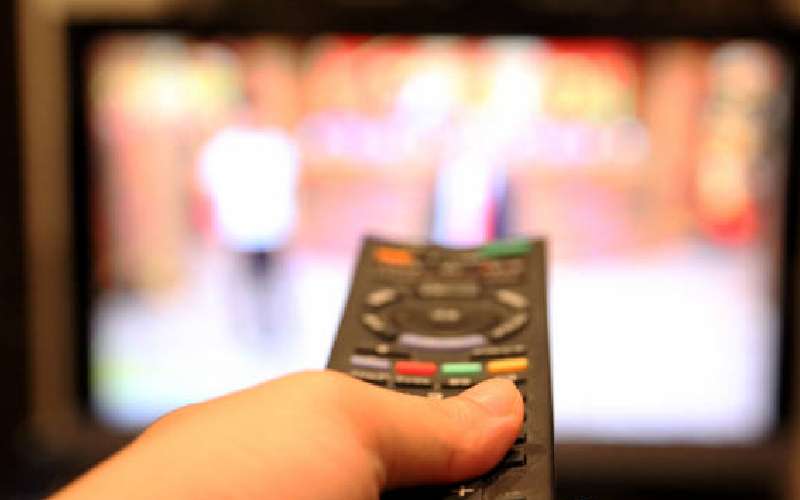×
The Standard e-Paper
Join Thousands Daily

Pre-recorded shows and movies are indeed stored and then streamed on-demand on IPTV. [iStock]
Traditional television services are gradually disappearing from our living rooms, on a global scale. Despite offering hundreds of channels, viewers are constrained to watching them when they’re being broadcast (unless the show is pre-recorded).